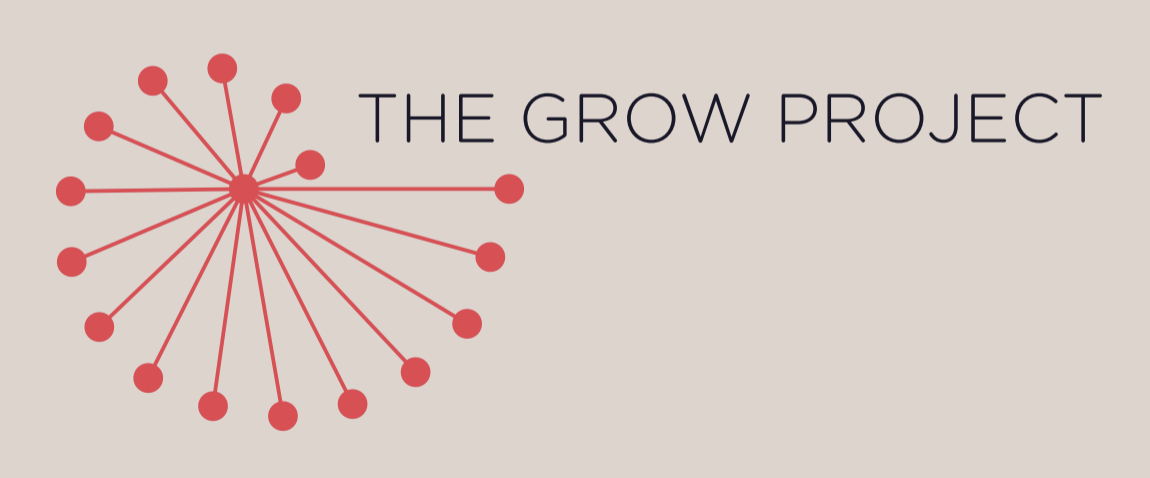It’s about having foresight. It’s about sitting your arse down, thinking, listening, conversing, thinking, and making a decision, then refining as you go.
Infrastructure becomes really easy, when you have clarity.
For example, I get really tired of hearing sentences that start with ‘I can’t’, especially when they end in ‘because I don’t have enough time or money’. If you said ‘I don’t know how to do x yet, I’m in with you and got my fast paced solutions engineers hat on. If you’re actually telling me you can’t because you don’t want to, or it’s not a priority for you, I’ve got absolutely no qualms about what you do or don’t want to do, but please don’t vent to me continuously and be surprised when you don’t get things you want. This is magic wand stuff.
I’ve always loved infrastructure, and placed myself in the line creating it from my first jobs. Principally though, once I had a bit of experience under my belt (created by getting basic experience and exposure and seeking opportunities so that I had the knowledge/service approach infrastructure that someone would be interested in), I worked in two sectors which worked on the infrastructure of Australian society. The first was a cultural one – the sports industry – particularly the high performance and cultural impacts of sport on Australian culture, psyche, and performance of individuals and societies together.
Secondly, I worked on physical infrastructure construction – particularly in the areas of transport, water, energy, buildings.
And now I work with individuals on their life infrastructure.
I start with clarity – what do they truly want, and why do they want it.
I look at the match of available resources, to see if there is a gap.
I look at how things have worked in the past, and what provides the right environmental elements to create high performance for the individual (it is ALWAYS individual – principles same, application rarely the same). Essentially, I use the intelligence provided by past performance to predict future performance.
I work on a bespoke plan to lay down the infrastructure for succeeding, preferably with the stakeholders sitting together after a cup of tea, with a tidy surrounding (we need to make space for change, and turn on the ability to think – your environment can enable this, or cause disabling distractions). If stakeholders can’t be there, I organise a review approach.
We implement, and refine.
Why does this help?
It creates a pinwheel.
It means you’re not starting everything from scratch every time.
It reduces the need for some conversations that you can’t make time for. It gives you accountability. It creates space for what is really important. It gives you a base to measure from, and what gets measured, gets managed. It’s not to say things won’t change, and the flexibility isn’t going to be important, however, I have found that having a base creates flexibility.
An example of really basic infrastructure, is the equipment I have in my car (pram, high chair seat, port cot, nappies) or the bottles I have to have takeaway tea and smoothies in before I run out the door, or the day I do my groceries so that i know if I don’t do them in that spot I’ll need to find another time or plan to eat takeaway.
Rx


